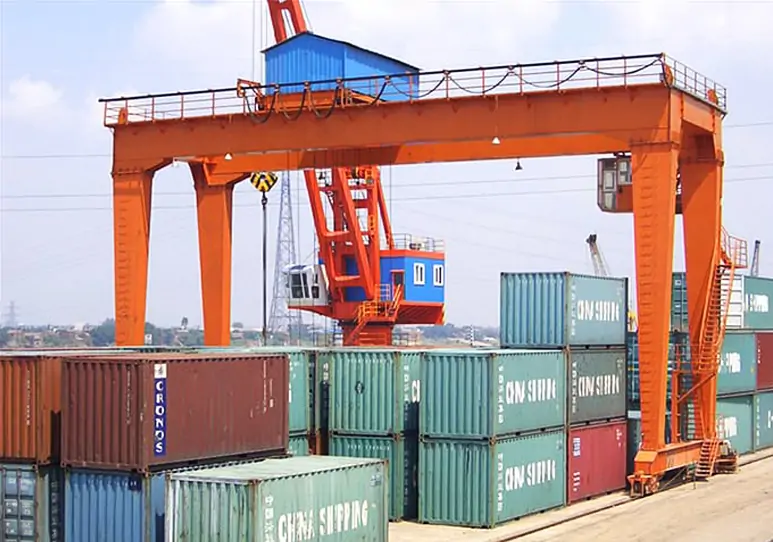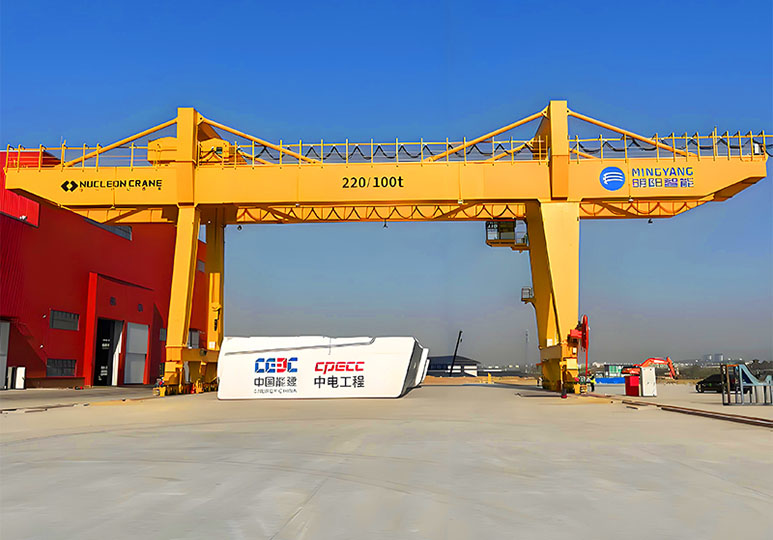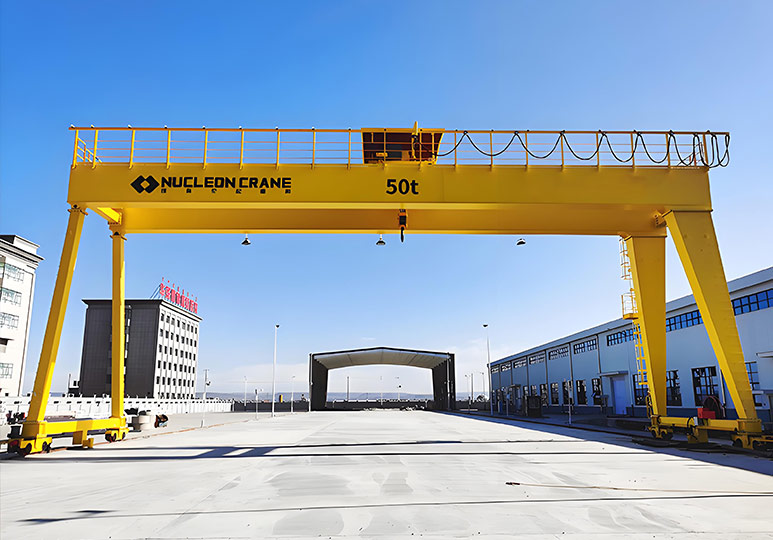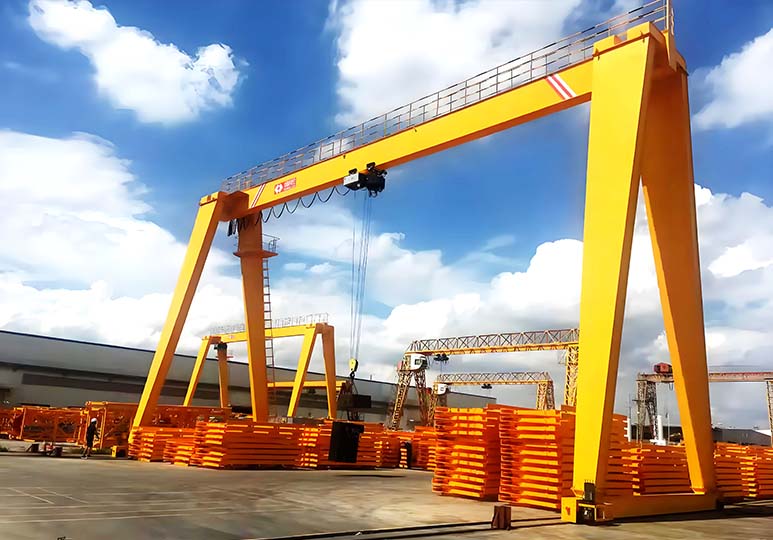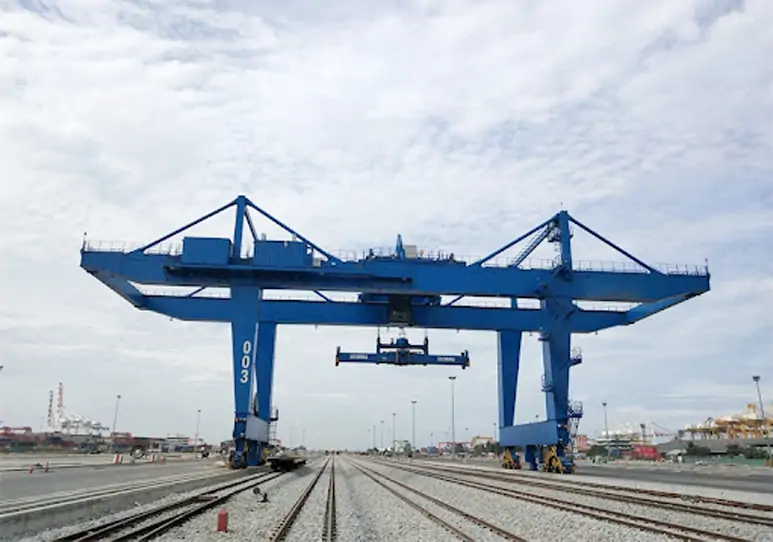RMG cranes, or rail-mounted gantry cranes, are essential equipment for efficient material handling across a wide range of industries and are widely used in ports, railway freight yards, construction sites, and heavy equipment manufacturing plants. Their safe and stable operation is crucial to production operations. This article provides a guide to routine gantry crane maintenance and operation to help users better understand and implement these procedures.
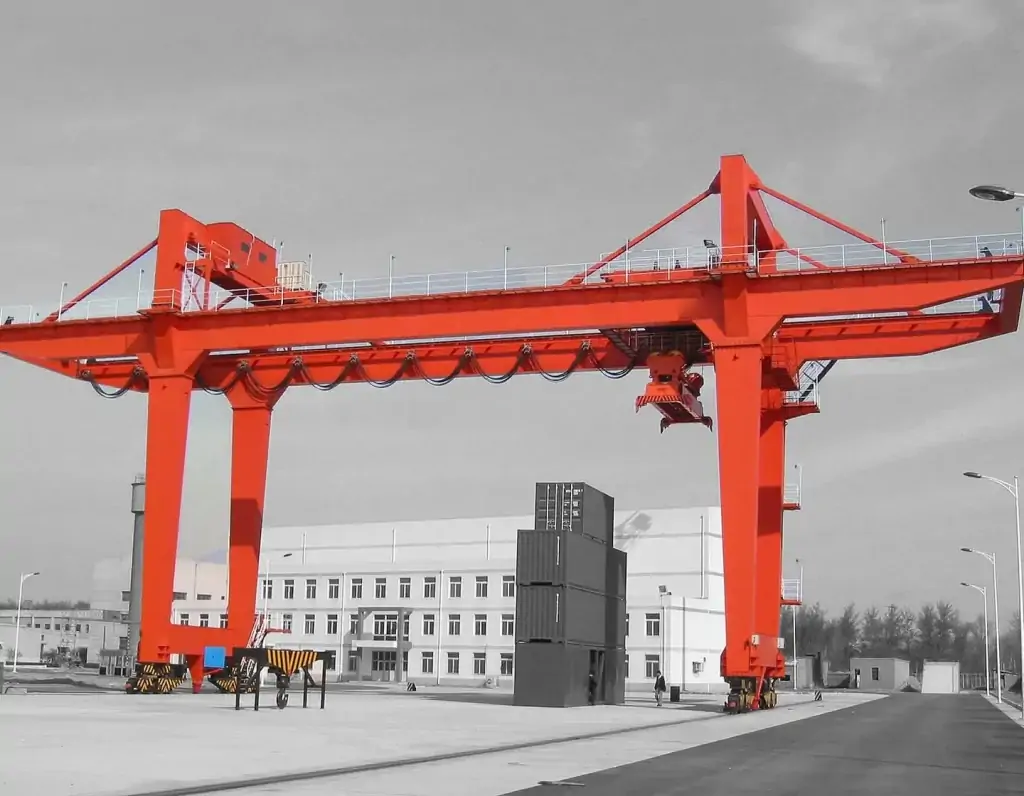
Daily Inspection of RMG Crane
Wire Rope: Inspect the hook and wire rope daily to prevent wire breakage, cracks, and corrosion. If more than 10% of a single strand is broken or the diameter has decreased by 7%, they must be replaced immediately to ensure safe operation.

Structural Cleaning and Tightening: Maintain dry and clean contact surfaces between components at high-strength bolted joints, avoiding impurities such as burrs, weld spatter, weld scars, scale, dust, and oil. Inspect structural connection bolts, welds, and components for damage, deformation, or looseness. Pay particular attention to bolts in key locations, such as the RMG crane main beam and outriggers, and re-tighten them monthly if possible.
Electrical Safety: Clean dust, oil, and debris from the control cabinet, resistor box, operating table, and other areas. Check cables and terminal blocks for damage, aging, or exposed surfaces. Ensure grounding is reliable and ensure cables can move properly on the rails.
Brakes and Limit Switches: Regularly inspect the brakes of each mechanism to ensure the brake wheels are flexible and reliable. Limit switch sensitivity can be tested weekly to ensure they immediately shut down the machine upon triggering.
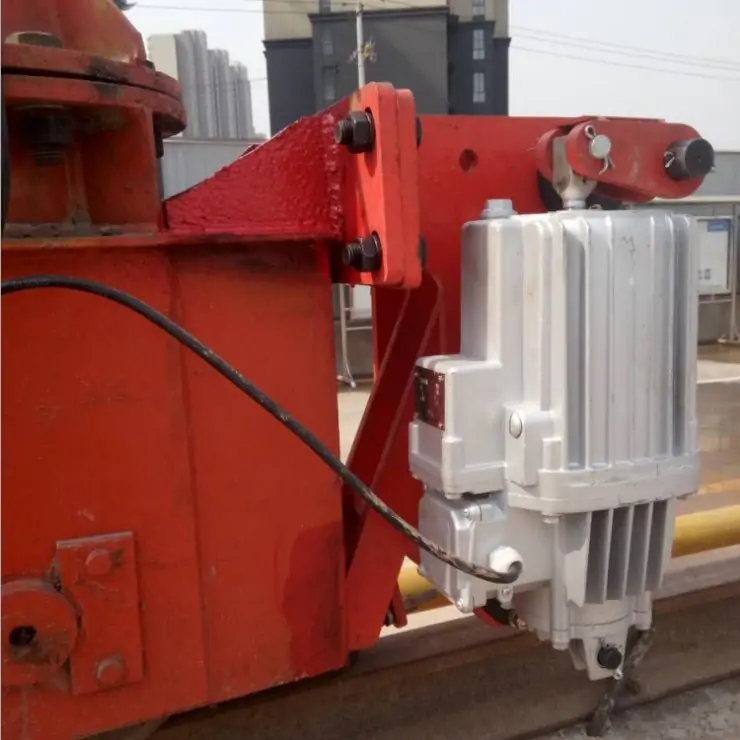
Regular Maintenance and Care
Lubrication: Apply the specified brand of lubricant to bearings, gears, wire ropes, pulleys, hinges, and other components according to the lubrication table.
Corrosion Prevention and Structural Reinforcement: Focus on inspecting metal structural parts exposed to outdoor conditions for rust, and promptly remove rust and repaint them. Rust removal and new anti-rust paint for crane should be performed annually. If corrosion is severe, the unit should be scrapped. Use magnetic particle inspection to inspect welds for cracks and deformation, and reinforce them if necessary.
Hydraulic System: Replace or refill hydraulic oil annually, and clean or replace the filter element. Check the oil filter for blockage or leaks, and check whether the adjustment value has changed after using the safety valve.
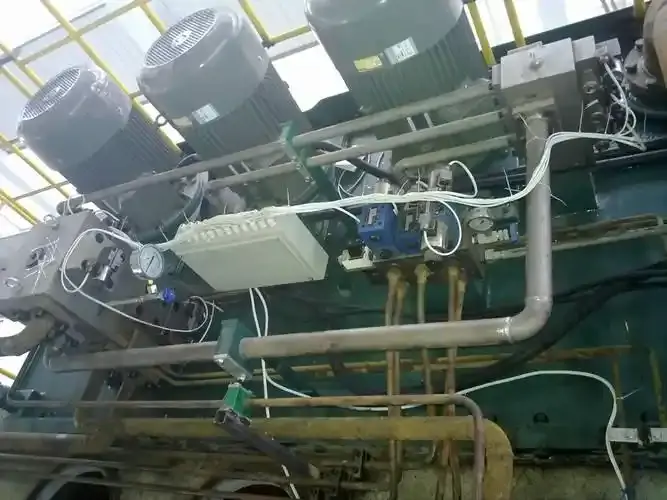
Seasonal Maintenance: Lubricating oil should be replaced promptly during seasons with large temperature differences, ensuring the oil's viscosity and cleanliness. Especially in winter, check the rails for looseness or cracks, and clear snow promptly to keep the rails straight.
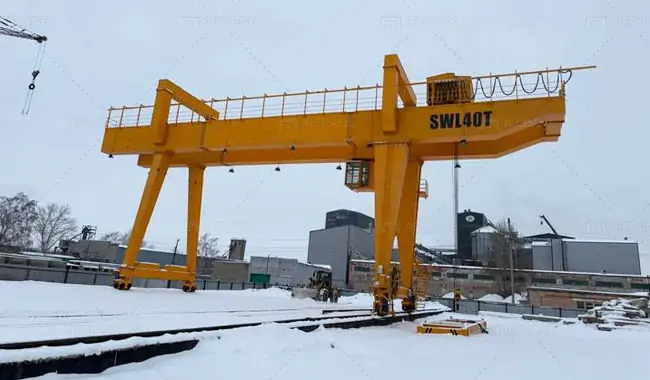
Response to Sudden Failures
Excessive Wind: Immediately stop operations, lower the hook to a safe height, and lower it to the ground if necessary. Adjust the RMG crane's position to avoid wind damage. Reinforce RMG crane's windbreaks and anchors, and promptly evacuate personnel from the site.
Power Failure: Shut down the machine using the emergency stop button or the main switch, check the power lines and fuses, and troubleshoot the problem. Restore power as soon as possible while ensuring safety.
Mechanical Failure: Immediately stop operations and report to maintenance personnel. Check for wire rope derailment, excessive bearing temperatures, and brake response.
Operating Specifications
Pre-operation Inspection: Before operation, a daily inspection must be completed to confirm that the RMG crane is in normal condition.
Load Requirements: Overloading or exceeding the rated power is strictly prohibited. The actual weight of the hoist and the load being hoisted must be clearly understood and adhered to, and the equipment's rated load standards must be followed. Overloading can damage the equipment and significantly increase safety hazards.
Site and Environment: Ensure that the track is flat and unobstructed, and that the foundation has sufficient bearing capacity. The electrical system must be dust-proof and waterproof, and protective devices must be installed when operating outdoors. The surrounding area must be free of flammable and explosive materials, and there must be no electromagnetic interference sources that could disrupt the normal operation of the equipment. Keep the gantry crane a safe distance from surrounding equipment and buildings.

Personnel On-duty: Operators must remain focused at all times and are strictly prohibited from leaving their posts without authorization. Upon leaving the operating table, the hook must be raised to the upper limit, the trolley must be parked in the designated position, the power must be disconnected, and the switch box must be locked.
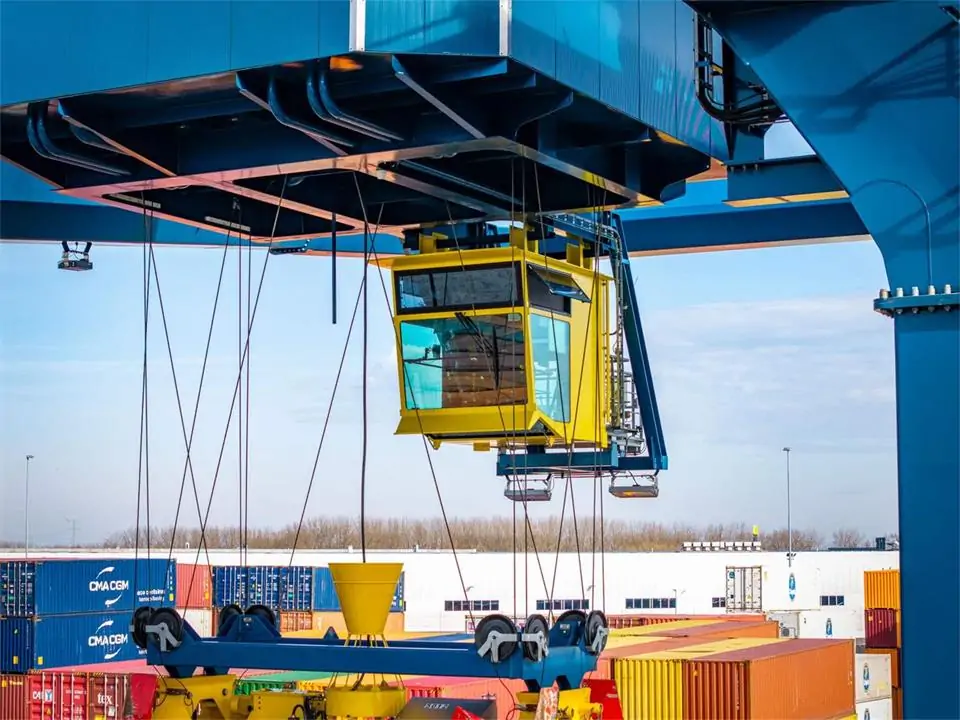
Collaborative Operation: When multiple personnel are working together, they must obey the unified and clear signals used by the commander and ensure that all personnel are in a safe position.
Schlussfolgerung
In short, we must attach great importance to RMG crane maintenance and care work, focus on prevention in equipment maintenance, take appropriate maintenance measures regularly, and follow standardized operating procedures. These will help minimize safety accidents caused by equipment operation and thus extend the service life of the gantry crane.


